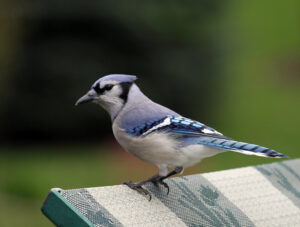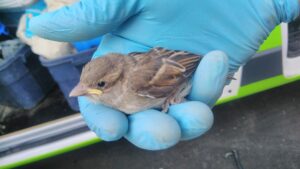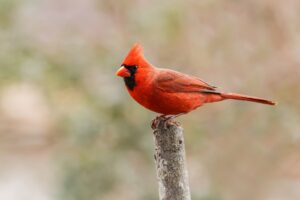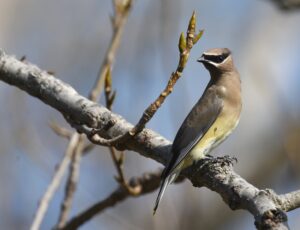They rule the skies and look down on the world from their towering vantage point. Yes you guessed it, they’re birds and Rexdale is full of them. But of course, different species of birds can be seen in different seasons. As you admire these winter defying avian wonders please remember to use humane wildlife control services when they intrude on your space.
Rexdale’s Birds
Rexdale is a bird city. In fact, the variety of avian life in the city inspired the establishment and continuation of the Birds of Toronto series, dedicated to celebrating biodiversity in Toronto. Additionally, the city’s human residents and visitors are so enamoured with their avian neighbours that bird watching has become a popular hobby.
Unfortunately for bird enthusiasts, many birds migrate away from cold places when winter approaches. All is not lost though as some birds do remain in the area for the winter. Those that remain are usually the ones that are able to endure the cold temperatures.
These birds include
- House sparrows
- Black-capped chickadees
- Mourning doves
- Dark-eyed Juncos
- Blue jays
- Northern cardinals
- Cedar waxwings
Of these seven, some of the common birds that can cause problems for homeowners are the blue jays, cardinals, cedar waxwings and sparrows. Let’s take a quick look at these four birds and some characteristics to look for.
Blue Jay

This is a bird that flies about quietly when it isn’t belting out its beautiful song from local trees. This bird has blue and black feathers and is among the larger birds you’ll see around in the winter. They are commonly seen around Durham region neighbourhoods.
House Sparrow

The house sparrow’s history actually begins in its native continent, Europe. Male house sparrows have a chestnut colour with black along the throat and breast. This changes in the winter though as the birds’ black feathers take on a more greyish hue and their beaks become darker. The female house sparrows’ feathers are usually grey or tan and their beaks are yellow.
Cardinals

Another winter bird with variation in feather colour by gender is the northern cardinal. Male northern cardinals sport bright red colouring on their bodies and beaks which contrasts with a mask of black on their faces. While their female counterparts have a brownish coat with spots of red on their wings and tails.
Cedar Waxwing

Also on the list of Rexdale’s winter birds is the cedar waxwing. The cedar waxwing is a beautiful sight during the winter with its colourful feathers reflecting a combination of brown yellow, grey and red. These birds sing a high pitched song and are usually seen in large flocks in winter eating berries from trees .
Winter Life for Rexdale’s Birds
The fact that these birds stick around during the winter does not mean they don’t struggle. Food is scarce during the winter and birds need to continue to feed since they don’t hibernate. Some birds adjust their eating habits to survive the cold. Others, like the cedar waxwing, already have an advantage through their diet which allows them to survive on fruit alone for many months.
The extremely cold temperatures of Rexdale’s harsh winters are another hurdle birds face each winter. They prepare to handle this by using their feathers. Birds’ feathers are designed to keep them warm by trapping warm air close to their bodies. Some birds adjust their feathers as temperatures fall further. The black-capped chickadees, for example, will ruffle up their feathers to create an added layer of protection from the cold. This is the reason behind the puffy look the birds tend to sport during the winter.
You and Birds in Rexdale This Winter
Installing a bird feeder is a great way to help birds in Rexdale during the winter but many wildlife animals such as possums, squirrels, and raccoons are attracted to the seeds you place in bird feeders. If you want to help out your avian friends with some tasty treats during the winter, you’ll have to take measures to safeguard against wildlife intrusion. Among those measures could be strategically positioning the feeders to ensure that only the birds get access to them. One option is to suspend the feeder at a good height to prevent non-bird wildlife from getting to it. Since birds are masters of the sky you won’t really need to worry about the height of the feeder. You should also ensure that the feeder is a good distance from utility wires, trees or buildings so that, wingless animals can’t use them as launch points to spring onto the feeder.
These exclusion strategies are humane wildlife control methods that can allow you to continue to enjoy the shows that birds put on in your outdoor space without worrying about other wildlife species entering your Rexdale home.


